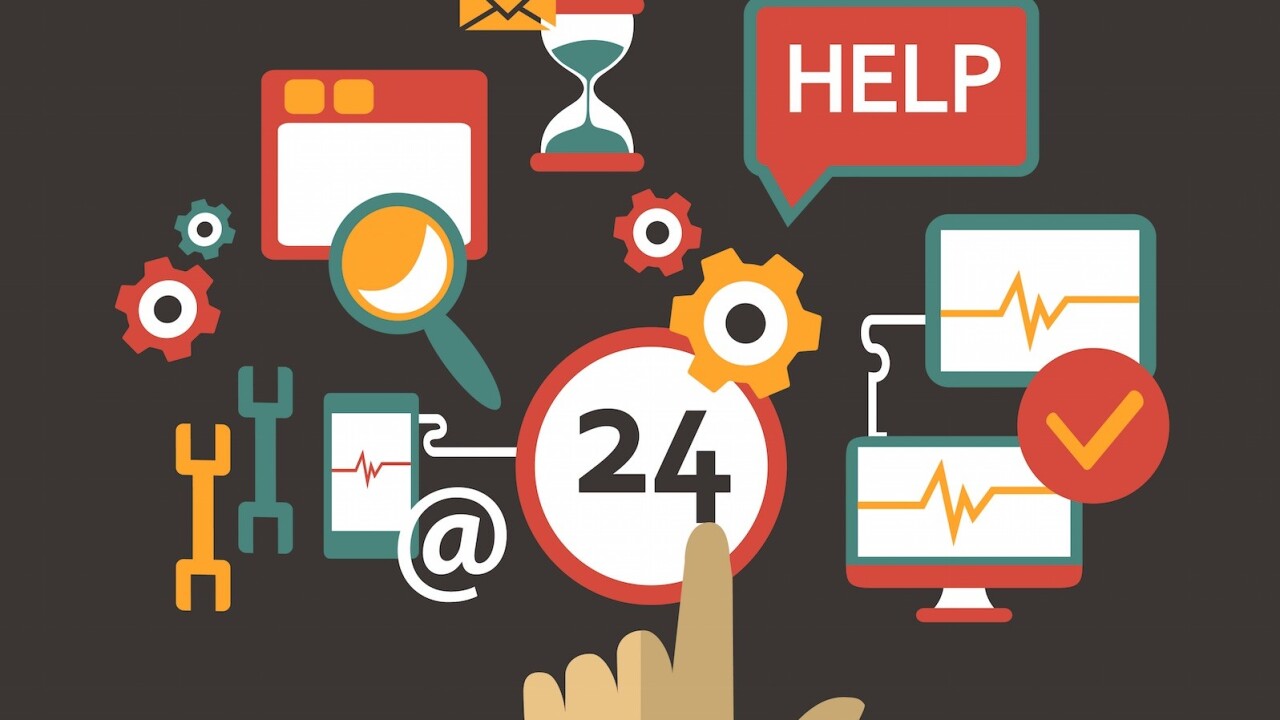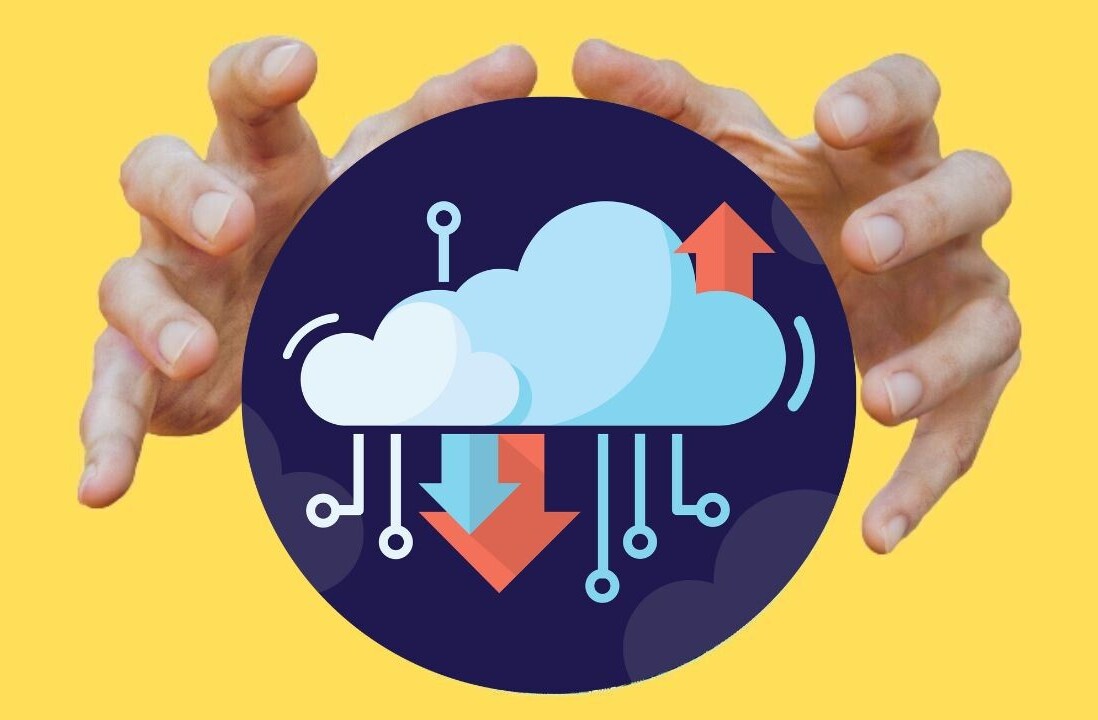
David Lavenda is technology strategist for harmon.ie
Email has a bad reputation for being the main cause of information overload; just look at the massive amounts of articles and studies devoted to the topic: According to a 2012 report from consulting firm McKinsey, reading and answering emails constitutes 28 per cent of an employee’s weekly work tasks. In a study of office workers in the U.K. a psychiatrist found that the average worker’s IQ fell by 10 points when they were distracted by email messages while working, the equivalent of missing an entire night of sleep.
A Microsoft-commissioned YouGov poll found that the office workers surveyed, “are so focused on managing email traffic and attending internal meetings, they struggle to find time to produce anything really meaningful”. Search online for tips on “how to manage email” and a plethora of columns appear to show us how to escape its “evils”. But is this reputation wholly deserved?
For those unfamiliar with the term, information overload is, “a condition in which information received exceeds a person’s capacity to process it.” Information overload can be caused by three factors: an abundance of information received (quantity), a limited amount of time to process information (bandwidth), or the information’s lack of relevancy (quality). A few examples will make this clear:
- Quantity of information – a marketing analyst needs to build a marketing campaign based on a huge number of customer responses to a questionnaire. The analyst has a few days to come up with a plan; the problem is how to tackle the sheer quantity of information in an orderly manner.
- Time allotted – an emergency room physician needs to decide how to treat a patient given the results of vital signs and some initial test results. The amount of information is not particularly large, but the strict time constraint makes processing the information difficult.
- Quality of information – law makers need to derive conclusions from years of government reports on healthcare data, much of it irrelevant to the report at hand. This “needle-in-the-haystack” problem is primarily associated with finding the pertinent information for the problem at hand.
Information overload is often caused by a combination of these factors. The awareness of information overload predates email by decades, appearing first in research literature during the 1960s and popularly in Alvin Toffler’s 1970 novel Future Shock. My own academic research found that prior to widespread use of professional email, information overload was often perceived by business people to be associated with organizational management challenges.
Information Overload and Email
Computers introduced several important changes to business dynamics in the 1990s, including the ability to process operational data and enable workers to connect with remote colleagues. Combining these two new capabilities has proven particularly instrumental to the growth of information overload. With the touch of a button, it is now possible to flood colleagues with information, much of which they don’t need (or want) …
Email became the bad boy of information overload because “the touch of the button” usually refers to the SEND button on an email message. Email made it easy to share messages and send emails to distribution lists.
My research also found that during the period immediately following the widespread introduction of professional email, the largest rise in perceived causes of overload shifted to computer-mediated communications. With the advent of new information-sharing technologies, the cause of overload has now spread to Skype and SMS text messaging, as well as enterprise social networks like Yammer.
Where Do We Go From Here?
It is becoming easier to share information “anytime, anywhere” from mobile devices, using new business and collaboration apps … and, oh yes, using mobile email. But there is light at the end of the tunnel. To reduce the information overload problem, we need to deal with the two primary causes of overload – the quantity and quality of information. This can be done in two steps, through aggregation and through filtering.
Aggregation
The first step is to eliminate the need to toggle between many information source apps (which contributes heavily to the perception of overload). We need to bring all the information to one place. Think Hootsuite for Twitter, Facebook and LinkedIn … only now for business sources – operational data such as customer details, sales numbers, product information, and project tasks, as well as important documents like contracts and project plans … and, of course, email.
The key to aggregating all this information is the same enabler that made email so popular: standards. Email only became universally accepted with the advent of SMTP; I predict the same will happen for mobile business apps in the next two years.
Filtering and Context
Businesses also need to reduce the quantity and increase the quality of information so that workers can focus on what is important while ignoring the rest. Contextual filtering will allow workers to view a complete set of information using appropriate contexts such as topic, location and people. For example, a salesperson could focus on what is happening with an important prospect by filtering all their information by the topic “prospect name” and see only what is happening with that prospect across all their information sources.
In the consumer world, Flipboard is already doing a simplified rendition of this for magazine content. In the business world, Microsoft is showing the germinations of this idea with Delve, a product that “helps you discover the information that’s likely to be most interesting to you right now – across Office 365.” Products that span multiple vendors are already appearing on the market and will soon become mainstream.
The Future Foundation
It does not end here. The future for overcoming information overload in the Digital Workplace is very bright. For example, the Internet of Things will introduce an entirely new dimension of information inputs. While this would have been totally overwhelming in a manual world of information filtering, automated aggregation and contextual filtering can make sensors and electronic devices important information sources to drive productivity.
Of course, all this will take some time to play out. In the meantime, have fun keeping up with your swelling email Inbox and remember … it is not such a bad boy after all.
Dealing with Email Overload
Like any problem, the key to dealing with information overload is addressing its root causes.
- Reduce the number of times you check email during the day.
- Use email filters to reduce the email clutter. Nobel prize-winner Daniel Kahneman talks about the ‘novelty effect’ – whereby new information looks more appealing than what you are currently doing. This means that every new email triggers is a source of potential distraction, so filter out stuff that is not important.
- Rather than rely only on email, use the appropriate channel for different kinds of communication; arranging meetings and sharing information links can now be done via social tools like instant messaging; these tools require far less time and attention to exchange information.
- Keep email threads short by providing very specific responses; if a thread exceeds a round or two, pick up the phone to hammer out the details.
- Encourage colleagues to share ‘FYI’ information (that does not require a response) via less intrusive channels like social networks; Yammer is a great channel for these types of updates.
- The ultimate goal is to aggregate information into one place. Email may sound like the perfect option because many programs generate email notifications. But beware. These updates just add more clutter to your already overburdened inbox. The correct solution is to incorporate only those apps that can be helpful. harmon.ie Collage is one such app.
Read Next: Why we use email for everything and how we can be better emailers
Get the TNW newsletter
Get the most important tech news in your inbox each week.








